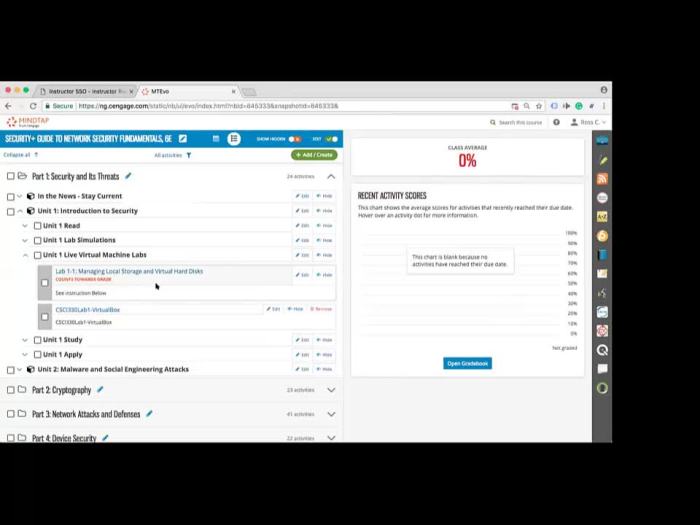Welcome to the realm of Linux process management, where we embark on a captivating journey through the intricacies of handling processes in this dynamic operating system. Lab 9-1: Managing Linux Processes unveils the fundamental concepts, essential commands, and troubleshooting techniques that empower you to effectively monitor, control, and optimize your Linux systems.
In this comprehensive guide, we delve into the very essence of processes, threads, and scheduling, exploring the pivotal role of the kernel in orchestrating these essential components. We arm you with an arsenal of commands to start, stop, suspend, and resume processes, empowering you to exert precise control over your system’s operations.
Understanding Process Management in Linux

Process management is a fundamental aspect of operating systems, including Linux. It involves managing the creation, execution, and termination of processes, as well as their resources and interactions. In Linux, processes are fundamental units of execution, each representing a single instance of a running program.
Threads, on the other hand, are lightweight processes that share the same memory space and resources as the parent process. They provide a mechanism for parallel execution within a single process. Scheduling is the process of allocating CPU time to processes and threads, ensuring efficient resource utilization and timely execution.
The Linux kernel plays a crucial role in process management. It is responsible for creating and destroying processes, allocating resources, and scheduling their execution. It also provides system calls and interfaces for user programs to interact with the kernel’s process management capabilities.
Tools for Process Management
Linux provides a comprehensive set of tools for managing processes. These tools allow users to start, stop, suspend, and resume processes, as well as monitor and analyze their behavior.
- ps: Displays information about running processes, including process ID, command name, CPU usage, and memory consumption.
- top: Provides a dynamic real-time view of running processes, showing detailed information about CPU usage, memory consumption, and other metrics.
- htop: An interactive process viewer that provides a graphical interface for monitoring and managing processes.
- kill: Terminates a process by sending a signal to its process ID.
- killall: Terminates all processes associated with a specific command name.
Monitoring and Analyzing Processes

Monitoring and analyzing processes is essential for maintaining system health and performance. Linux provides several tools and techniques for gathering process information and identifying potential issues.
The ‘ps’ command can be used to display basic process information, while ‘top’ and ‘htop’ provide more detailed real-time metrics. These tools can help identify processes that are consuming excessive resources or causing performance problems.
In addition, Linux provides system performance monitoring tools such as ‘vmstat’ and ‘iostat’ that can be used to gather system-wide performance data, including process-related metrics.
Process Control and Automation

Linux provides various mechanisms for controlling and automating processes. These mechanisms allow users to schedule tasks, manage dependencies, and automate repetitive tasks.
- Shell scripts: Scripts written in a shell language (e.g., Bash, Zsh) that can be executed to perform a series of commands and automate tasks.
- Cron jobs: Scheduled tasks that are executed at specific times or intervals using the ‘crontab’ utility.
- systemd: A system and service manager that provides advanced process management capabilities, including dependency management, service activation, and logging.
Troubleshooting Process Issues: Lab 9-1: Managing Linux Processes
Process-related issues can arise due to various reasons, such as resource exhaustion, software bugs, or configuration errors. Troubleshooting these issues requires a systematic approach to identify the root cause and resolve the problem.
Common process issues include high CPU usage, excessive memory consumption, and process crashes. By analyzing process metrics using tools like ‘ps’ and ‘top’, examining log files, and using debugging techniques, system administrators can diagnose and resolve these issues effectively.
Detailed FAQs
What is the difference between a process and a thread?
A process is an instance of a running program, while a thread is a lightweight process that shares the same memory space as its parent process.
How can I monitor process performance in Linux?
You can use commands like ‘ps’, ‘top’, and ‘htop’ to gather detailed information about running processes, including CPU usage, memory consumption, and execution time.
How can I automate tasks using process management?
You can use shell scripts, cron jobs, and systemd to schedule and automate tasks, such as starting or stopping processes at specific times or intervals.